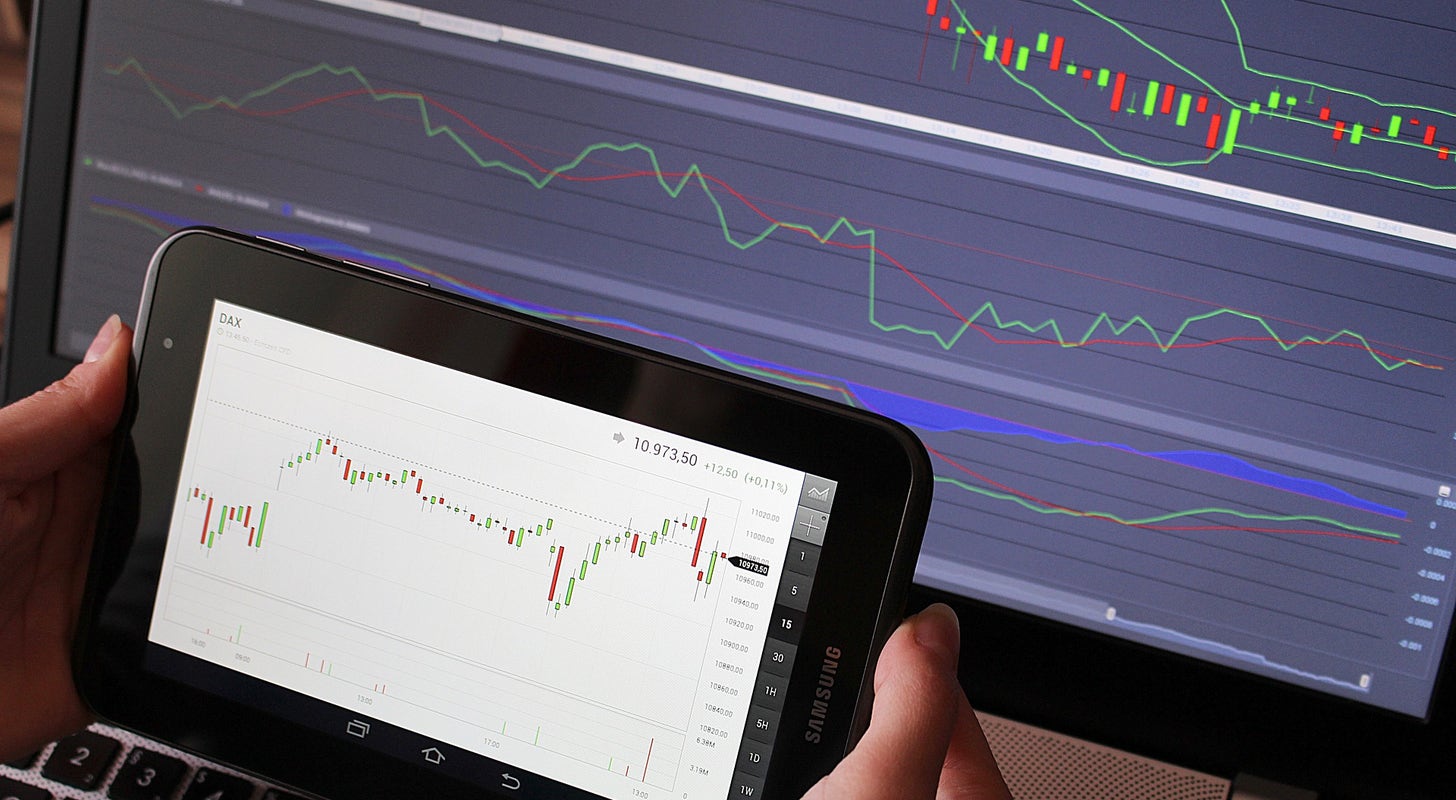This Is What Whales Are Betting On Cytokinetics Benzinga, NASDAQ:CYTK, Cytokinetics, Options scanner, Investors with a lot of money, Publicly available options history by https://www.benzinga.com/

AI Insights:
Simple Explanation:
Cytokinetics is a company that makes medicine. Some people who have a lot of money think the company will not do well in the future, so they are betting against it by buying something called "puts". Other people also buy something called "calls" because they think the company will do well. We can tell this because we look at special information about what these big-money people are doing with their money. Read from source...
Critical Perspective:
- The title is misleading and sensationalized. It implies that whales are betting against Cytokinetics, but the article shows a mixed sentiment of bullish and bearish trades among large investors. A more accurate title would be "Mixed Sentiment Among Whales on Cytokinetics".
- The article uses vague terms like "whales" and "a lot of money" without defining them or providing any evidence. This creates a sense of mystery and authority, but also obscures the actual data and analysis behind the trades. A more transparent and precise approach would be to specify the number and types of shares involved, as well as the sources of the options history.
- The article relies on publicly available options history from Benzinga's scanner, which may not capture all the relevant trades or provide accurate data. This introduces a potential bias and error in the analysis, as well as limits the scope and validity of the findings. A more rigorous and comprehensive method would be to use official SEC filings or other verified sources of options data.
- The article uses emotional language like "should know" and "something is about to happen", which appeal to fear and curiosity, but also lack substantiation and credibility. These statements imply that the author has some insider knowledge or expertise, but do not provide any proof or reasoning. A more logical and objective approach would be to present the facts and evidence behind the trades, and let the readers draw their own conclusions.
Sentiment Analysis:
Bullish and bearish.
Analysis: The article discusses the options trades of large investors on Cytokinetics, a biopharmaceutical company. It reveals that 37% of these big-money traders are bullish, meaning they expect the stock price to go up, while 62% are bearish, meaning they expect the stock price to go down. The article suggests that these investors may have some insider information or know something that is about to happen with the company. It also provides details on the number and value of puts and calls traded.